Women rarely held positions of power in ancient Greek society. Indeed, in many Greek city-states, women were explicitly considered to be second-class citizens, unable to participate in politics, own their own land, or inherit property.
Although we know of some women who managed to rise above the limitations placed upon them by Greek society, on the whole they had very few rights and opportunities.
However, there was one female figure that held an immense amount of power within ancient Greece: the famous oracle at Delphi.

When the oracle spoke, all the men of Greece fell silent, and for a moment, this single woman had the power to change the course of history with just one word.
According to historian Michael Scott, the traditions surrounding the oracle at Delphi continued for more than 1,000 years.
During this time, the shrine, its temples, and the famous oracle were at the center of the ancient world, and formed an important economic, religious and political hub.
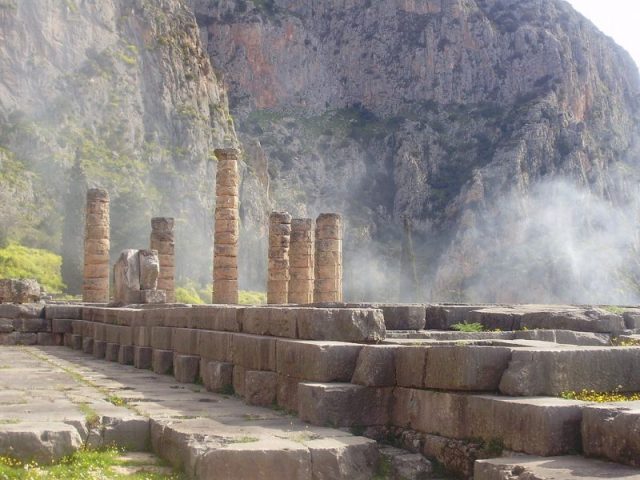
People massed from across the Mediterranean and beyond to seek guidance and counsel from the oracle.
The legend states that Delphi was the site of an important event in Greek mythology. It was here that the infant god Apollo killed a gigantic serpent with a single arrow.
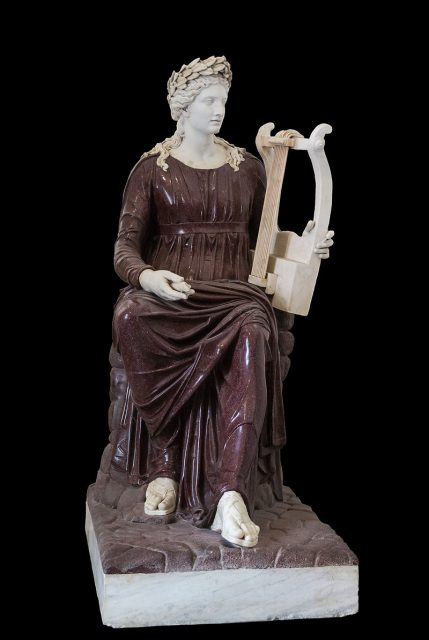
When the enormous beast finally came crashing to the ground, it created a huge chasm, from which noxious fumes and gases emerged as the snake’s body decomposed.
It was this gas that gave the oracle her legendary power. By inhaling the fumes, the oracle could act as a bridge between the world of the gods and the world of man.
When in her entranced state, she was given divine powers to communicate messages from men to the gods, and vice versa.
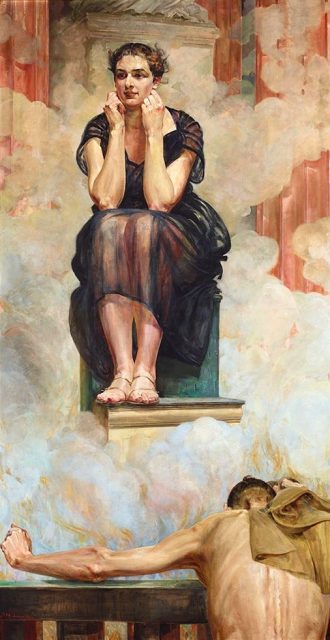
Historians now believe that there was a shrine at Delphi from around 1400 BC, but it appears to have become exclusively dedicated to Apollo from around the 8th century.
According to Scott, the earliest account of the oracle dates from the mid-6th century BC, as part of a Homeric hymn, but it is possible that the tradition of the oracle dates from a much earlier period.
Named Pythia, after the mythical snake carcass that formed the conduit to the gods, the Delphic oracle was always a woman.
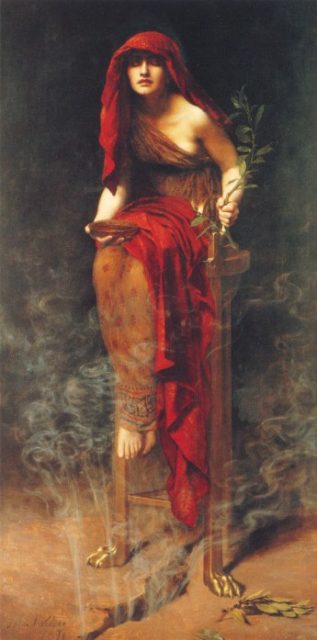
Initially, young virgins were chosen to act as the vessel for divine communication, but when they began to attract amorous male attention, they were replaced by older women selected from the local population.
They were required to abandon all vestiges of their earlier lives, and devote themselves solely to the temple and to the gods.
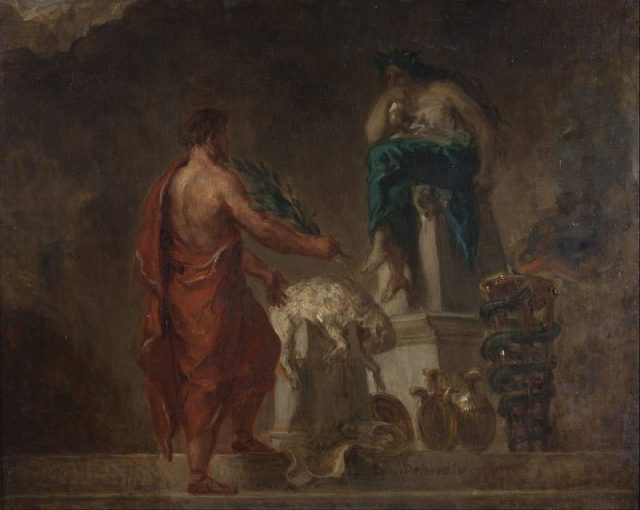
Consultations with the oracle occurred once a month, on the seventh day of each of the nine warmest months of the year. It was believed that Apollo deserted the shrine during winter, and so there could be no communication with the gods at this time.
The Pythia would fast, and be ritually bathed prior to the consultation. She would then sit on a tripod stool above the chasm in the rock, holding laurel leaves and a bowl of spring water.
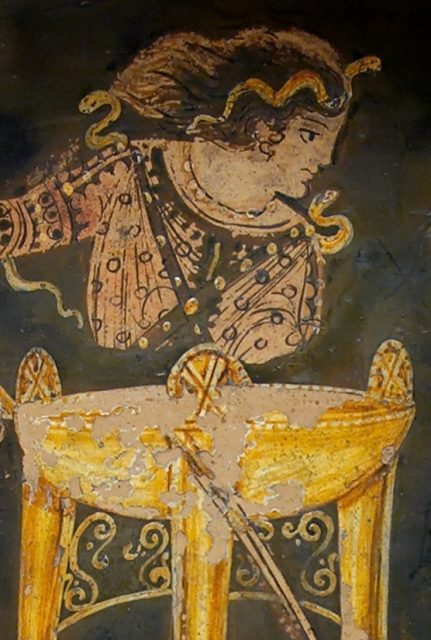
Then, inhaling the fumes that emerged from the ground, she would fall into a trance and deliver her prophecies. In many cases, her words were inaudible or senseless, in which case specially appointed “consultants” would interpret her prophecies for the supplicants.
Archaeologists now believe that the vapors described in the legends associated with Delphi were not purely mythological.
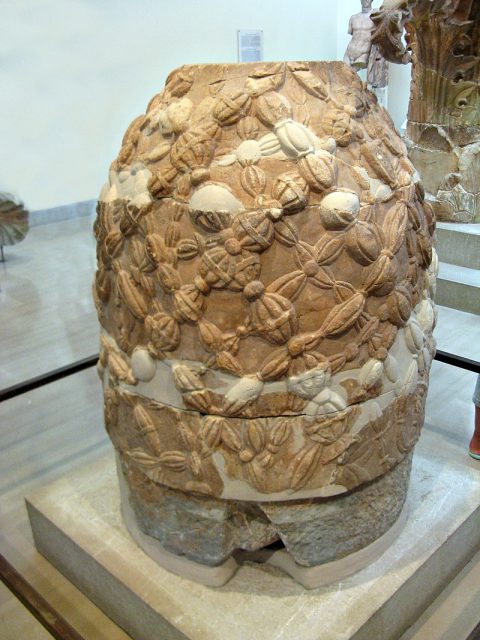
According to the New York Times, excavations have revealed fault lines beneath the sanctuary at Delphi that may have caused gases such as methane, ethane and ethylene to emerge from the rock, causing the oracle to experience hallucinations.
It is not clear how much power and agency these women would have been able to exercise. They may have been placed under the close control of the priests of the temple, who interpreted their visions for supplicants in whatever way they chose, allowing little scope for the oracle herself to determine the content of her own visions.
However, many historians now believe that the Pythia would herself have had substantial political and social power.
For hundreds of years, no major political decision was made in Greece without first consulting the oracle, meaning that these women had unprecedented scope to shape the world in which they lived.
